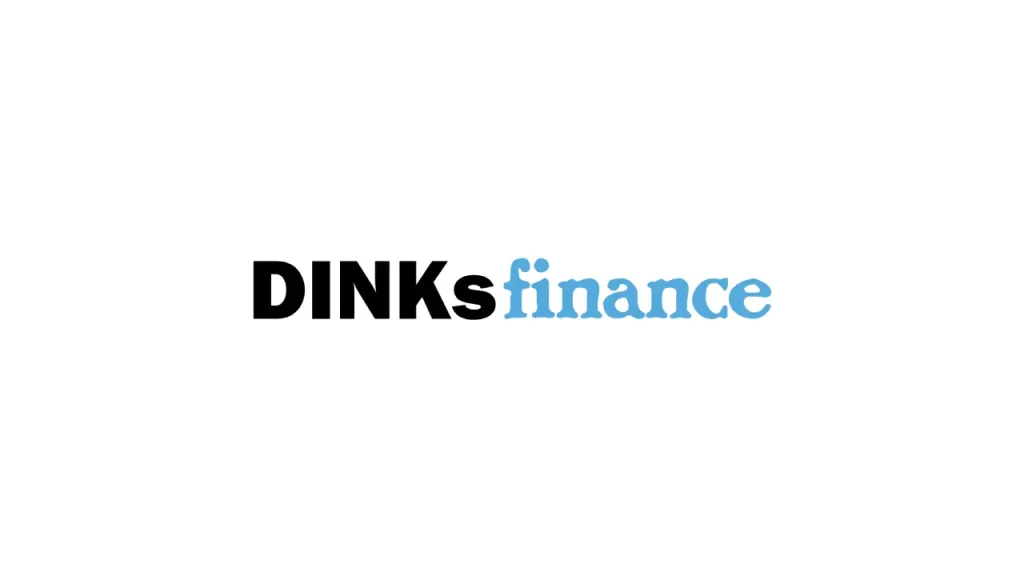
Web3 is reshaping the digital economy by prioritizing decentralization, blockchain technology, and user empowerment. This shift is creating unparalleled opportunities for entrepreneurs to innovate and build wealth in ways that weren’t possible in traditional systems.
In this blog, we’ll explore why Web3 is gaining traction, why entrepreneurs see it as a game-changer, what actionable strategies to get started are, and what challenges you need to be prepared for as a Web3 entrepreneur.
Why Web3 Is Now on the Rise
The growth of Web3 marks a fundamental shift in how the Internet operates, transitioning from centralized platforms to decentralized systems. By leveraging blockchain technology, Web3 offers greater transparency, enhanced security, and more equitable control over digital assets.
This decentralization has fueled rapid adoption in sectors like finance, art, and entertainment, with applications like decentralized finance (DeFi) and NFTs leading the charge. Another driving force behind Web3’s rise is the demand for digital ownership and financial inclusion.
Unlike traditional platforms that rely on intermediaries, Web3 empowers users to control their data and directly participate in economic activities. This user-centric model has captured the attention of both consumers and businesses, making Web3 a key player in the future of digital interactions.
Why Entrepreneurs See This as Opportunities?
Entrepreneurs are drawn to Web3 because it provides the tools to disrupt traditional systems while unlocking new avenues for revenue generation. Blockchain technology enables businesses to operate with lower costs, enhanced transparency, and greater efficiency. For example, creators can bypass middlemen by monetizing their work directly through NFTs or decentralized marketplaces.
Additionally, Web3 represents untapped markets with enormous growth potential. Entrepreneurs who establish a presence early in areas like DeFi, decentralized social platforms, or tokenized ecosystems can position themselves as leaders in these emerging industries. The combination of technological innovation and financial opportunity makes Web3 a powerful platform for entrepreneurial success.
5 Strategies for Getting Started With Web3 as an Entrepreneur
Getting started in Web3 can seem overwhelming, but the right strategies can help you establish a strong foundation in this rapidly growing space. By focusing on innovative approaches and leveraging the unique opportunities Web3 offers, entrepreneurs can build successful ventures that thrive in the decentralized ecosystem. Here are five effective strategies to begin your Web3 journey
1. Merger & Acquisition (M&A) Opportunities
For entrepreneurs aiming to enter Web3 quickly, acquiring an existing Web3 business can be a highly effective strategy. Merger & Acquisition for Web3 (or Web3 M&A), offers access to cutting-edge technologies, established user bases, and ready-to-market solutions. For example, acquiring a crypto wallet or trading platform provides an immediate foothold in the blockchain ecosystem. However, thorough due diligence is essential—assessing the target company’s technical infrastructure, regulatory compliance, and scalability is crucial before making a commitment.
2. Create Value-Driven dApps
Developing decentralized applications (dApps) allows entrepreneurs to address specific market needs while leveraging blockchain technology. These applications are not controlled by a single entity, offering users more trust and transparency. From gaming to healthcare, dApps can be tailored to almost any industry, providing entrepreneurs with a versatile tool to create value and build a loyal user base.
3. Leverage Tokenomics for Engagement
Designing a robust token economy can be a game-changer for Web3 entrepreneurs. By issuing tokens that incentivize specific user actions—like staking or governance participation—you can enhance community engagement and ensure sustainable platform growth. Tokenomics isn’t just a tool for engagement; it also creates opportunities for entrepreneurs to generate revenue and attract investors.
4. Experiment with Decentralized Autonomous Organizations (DAOs)
DAOs represent a revolutionary governance model that aligns the interests of stakeholders with those of the organization. Entrepreneurs can use DAOs to fundraise, manage resources, or even co-create with their community. By empowering users to vote on decisions, DAOs foster loyalty and transparency, making them a valuable asset in Web3 ventures.
5. Educate and Onboard Your Audience
Web3 is still in its early stages, and many people are unfamiliar with its concepts. Entrepreneurs who invest in educating their audience can accelerate adoption while building trust. Offering clear explanations, interactive tutorials, or even community events can simplify complex topics like blockchain, NFTs, and smart contracts, encouraging more users to engage with your platform.
Challenges and Considerations
While Web3 offers immense potential, it also comes with unique challenges that entrepreneurs must navigate.
Regulatory Uncertainty
The legal landscape surrounding blockchain and cryptocurrencies is still evolving, creating potential hurdles for businesses. Staying updated on regulations and working with compliance experts is essential to avoid setbacks.
Technological Complexity
Developing and maintaining Web3 platforms requires significant technical expertise. Entrepreneurs must ensure robust security measures to protect against hacks while delivering scalable and efficient solutions.
Market Volatility
The Web3 space is known for rapid changes in trends and token valuations. Entrepreneurs should prepare for fluctuations and develop resilient business models to weather these shifts.
User Experience Barriers
Many Web3 platforms face challenges with accessibility, as the technology can be intimidating for newcomers. Simplifying onboarding processes and creating user-friendly interfaces can help bridge the gap for less tech-savvy audiences.
Conclusion
Web3 is ushering in a new era of entrepreneurship, where innovation meets opportunity. By understanding the rise of Web3, leveraging effective strategies, and addressing potential challenges, entrepreneurs can position themselves as pioneers in this revolutionary space. While the journey requires adaptability and effort, the potential rewards—both financial and technological—make Web3 a compelling platform for turning innovation into wealth.



